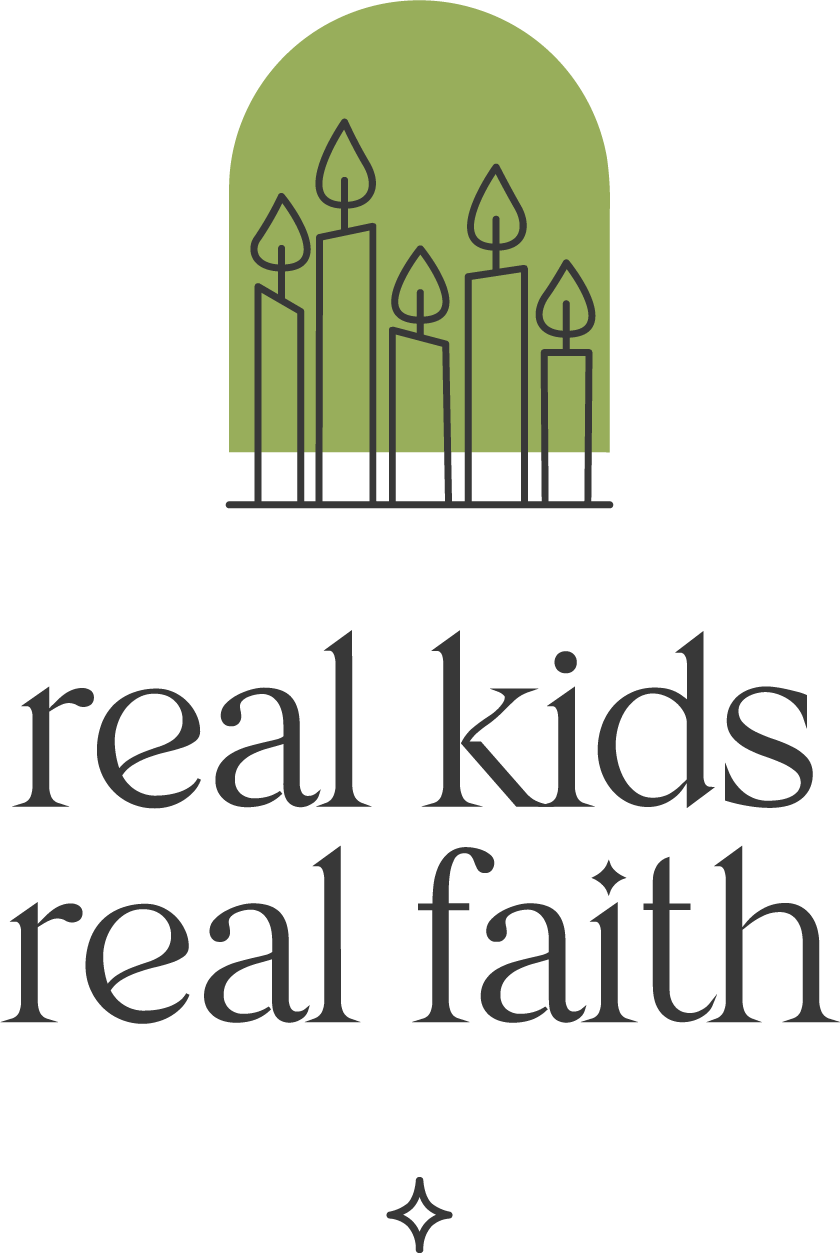Making and keeping friends is a major developmental challenge for children. They have to practice prosocial skills like listening to others, sharing, and taking others’ feelings into account. They need to manage their own emotions when excited, disappointed, or frustrated by friendly interactions. And they need to figure out how to deal with other children’s different ways of talking, playing, and navigating friendships.
Stories about friends can provide opportunities for exploring how friendships work. In A Friend for Eddy, Ann Kim Ha tells the story of a fish who discovers friendship in an unexpected way. Read the book with children 3+ years and use one or more of the following activities to help children imagine ways to develop their own friendships.
Similarities. When Eddy thinks about finding a friend, he imagines another fish who does all the things that Eddy does. Invite children to act out activities they would like to do with a friend while you guess what they are doing. Then ask: Why did you pick this activity? How would you respond if a potential friend wanted to do something else?
Feelings. Eddy looks forward to playing with his friend and feels sad when playtime is over. Play a game with children where you name an emotion and invite them to name a time that they felt that way with a friend. For example, if you say ‘excited’, kids might respond with stories of attending a friend’s birthday party, racing miniature cars together, or baking cookies with a buddy. ‘Sad’ might elicit stories about having to go home after a playdate, not being picked for a team, or missing a friend while they were on vacation.
Limitations. Eddy leaps out of the fishbowl to try to connect more with his new friend. He realizes that being out of water isn’t good for him. Invite children to make a list of things that they need to feel okay. Include physical objects, like favorite clothes, comfort foods, and/or lovies, as well as emotional needs, such as acceptance for who they are, hugs, and/or fidget toys. Ask: What happens if you don’t have what you need to feel okay? What helps you feel okay again?
Differences. When Eddy realizes his new friend is a cat, he tries to get away. But the cat helps Eddy return to his fishbowl. Invite children to draw a picture of a friend. Then encourage them to identify some ways that their friend is different from them. Suggest that they include differences that can be seen on the outside (like hair, skin tone, height) and those that are more on the inside (such as personality, gender identification, favorite things). Ask: How do differences make your friendship better? How do they sometimes make things challenging?
Togetherness. Eddy and the cat like to play hide-and-seek as well as other games. Ask children: What are your favorite games to play with your friends? Pick a game that everyone likes and play it together. If there isn’t a favorite shared by all, take turns picking a game so that everyone has a chance to play something they love.

Comments